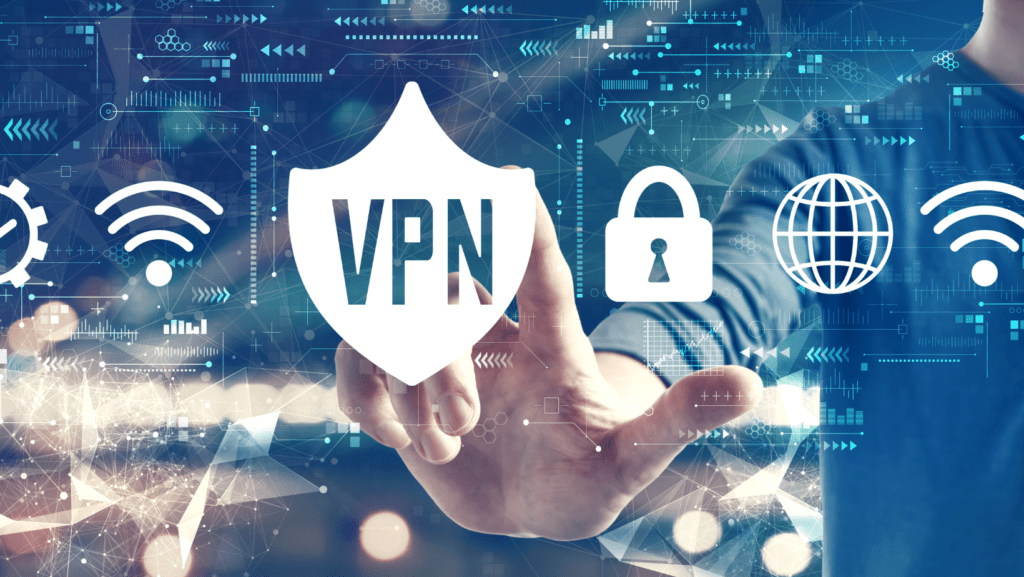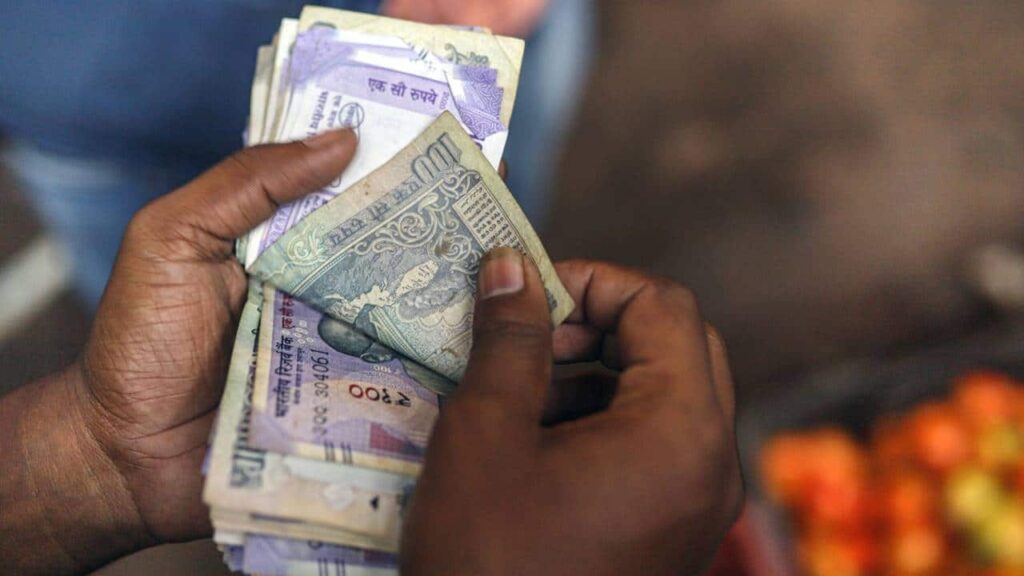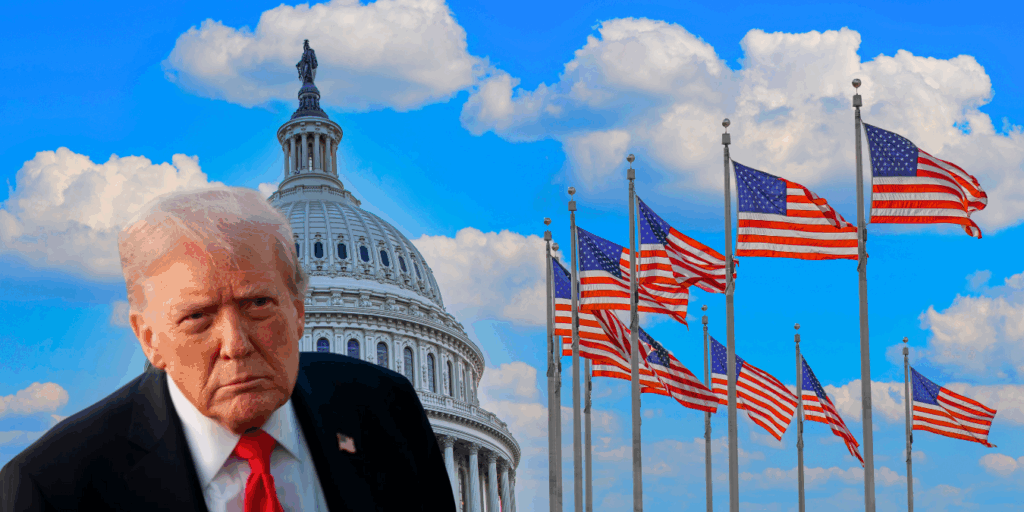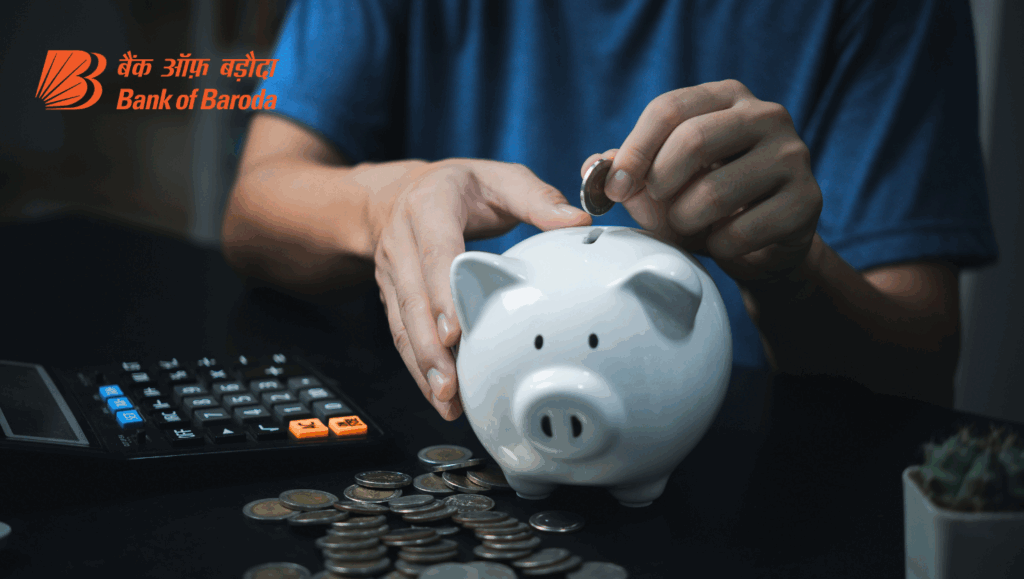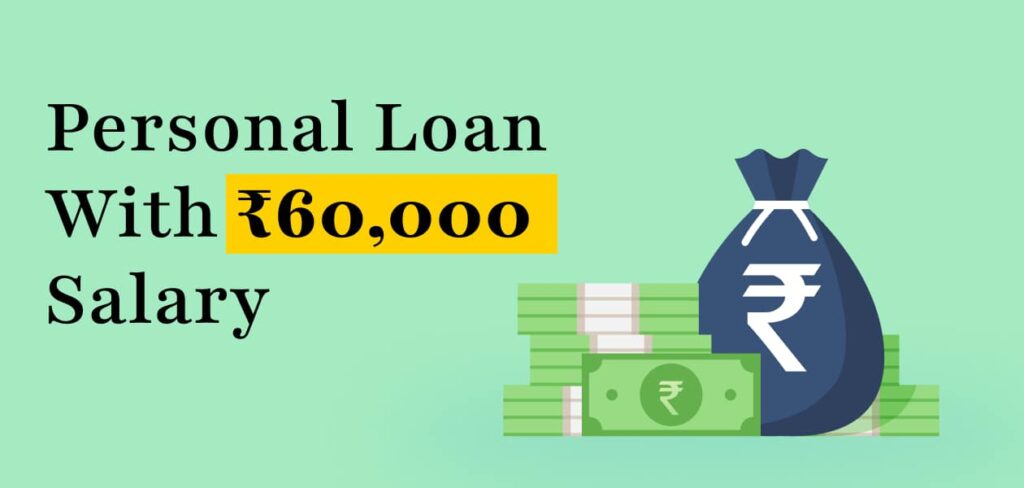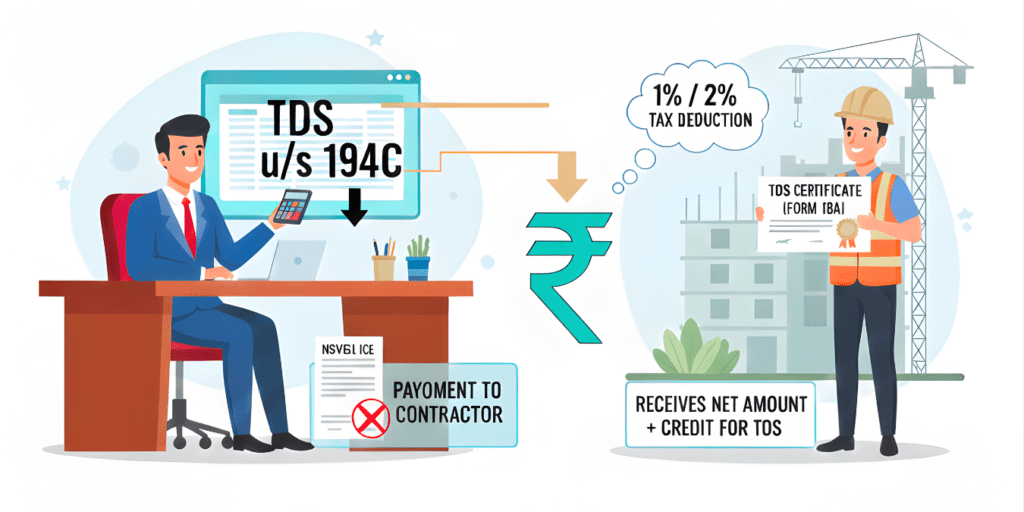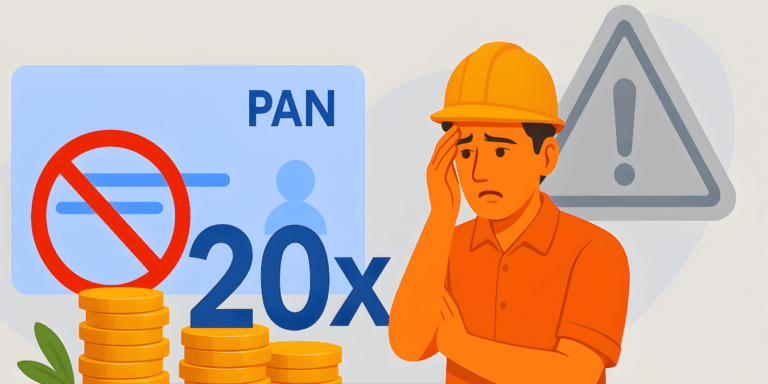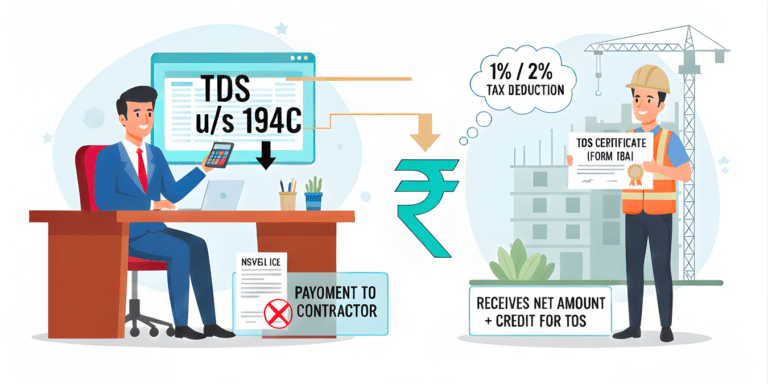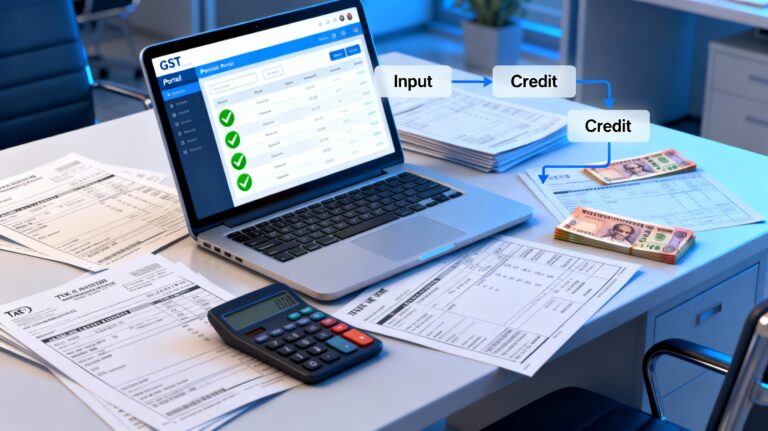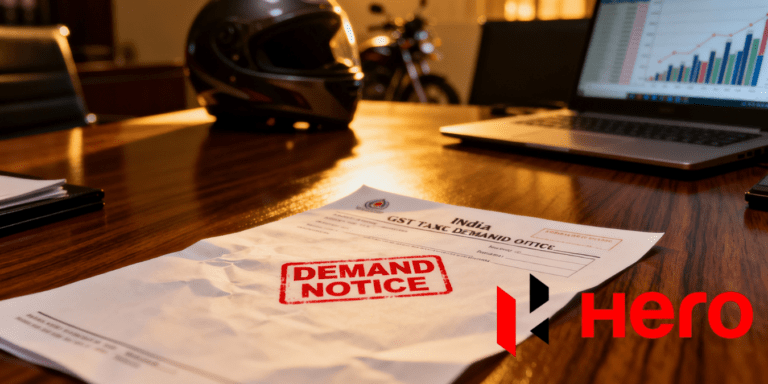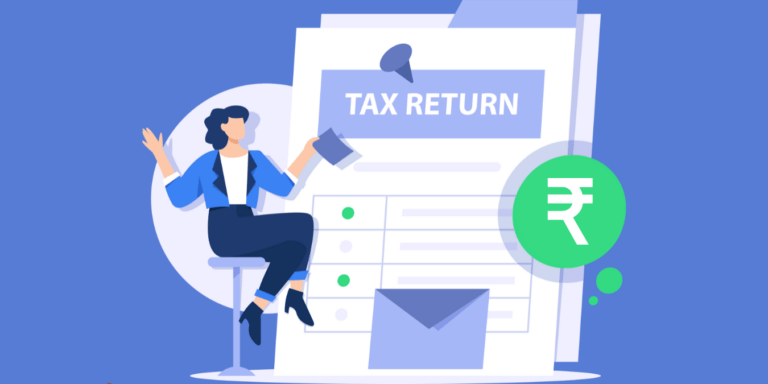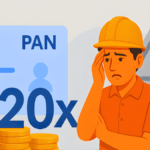
Planned your taxes to enjoy a zero-liability promise under Section 87A? Think again! Budget 2025’s game-changing updates raise the rebate to Rs. 60,000, but a shocking twist denies it for short-term capital gains. Will your stock market wins cost you thousands?
As a resident individual in India, earning just under Rs. 7 lakh under the new tax regime, you are eagerly anticipating the full benefit of the Section 87A tax rebate. But then, a surprise hits your tax calculation—a notice arrives, and your rebate is denied, leaving you owing taxes on income you thought was exempt. What went wrong? Could a seemingly innocent short-term capital gain (STCG) from your stock investments be the culprit? In this suspenseful journey through India’s tax landscape, we’ll uncover the hidden complexities of Section 87A for FY 2025-26 (AY 2026-27), explore the Budget 2025 updates, and reveal how these changes could save or cost you thousands. Packed with SEO-optimized insights on Section 87A rebate denial, new tax regime changes, and tax rebates on STCG, this professional blog post will keep you hooked as we decode the twists and turns of Indian income tax law.
The Allure of Section 87A: A Beacon of Tax Relief
In the ever-evolving world of Indian income tax, Section 87A of the Income Tax Act, 1961, stands as a beacon of hope for low- to middle-income earners. Designed to ease the tax burden on resident individuals, this provision offers a tax rebate that can reduce your tax liability to zero if your income falls within specific limits. Unlike deductions, which lower taxable income, the Section 87A rebate directly reduces the tax payable before the 4% Health and Education Cess, making it a powerful tool for financial relief.
But here’s where the intrigue begins: despite its apparent simplicity, recent amendments and judicial rulings have woven a web of complexity, particularly around special rate incomes like short-term capital gains (STCG). With the Union Budget 2025 introducing sweeping changes effective from Financial Year (FY) 2025-26, understanding these nuances is critical for optimizing your tax strategy. Why? Because a single misstep could lead to the denial of this valuable rebate, turning your tax-free dream into a costly reality. Let’s dive into the details, building suspense around the pitfalls that could catch you off guard.
What is Section 87A Tax Rebate? A Primer on Tax Relief
At its core, Section 87A provides a tax rebate to resident individuals (not Hindu Undivided Families, firms, or non-residents) whose total income doesn’t exceed certain thresholds. The rebate ensures that if your income is within these limits, your net tax liability becomes zero. As chartered accountant Abhishek Soni, co-founder of Tax2Win, explains: “Only resident individuals can claim the rebate under Section 87A. You are eligible if your total income does not exceed: Rs. 7 lakh under the new tax regime (Rs. 25,000 maximum rebate), or Rs. 5 lakh under the old tax regime (Rs. 12,500 maximum rebate). The rebate amount is the lower of the actual tax payable (before cess) or the maximum limit specified under Section 87A.”
This was the landscape until Budget 2025 shook things up. For Assessment Year (AY) 2026-27, corresponding to FY 2025-26, the new tax regime sees a dramatic transformation:
- Income Threshold: Increased from Rs. 7 lakh to Rs. 12 lakh.
- Maximum Rebate: Boosted from Rs. 25,000 to Rs. 60,000.
This means resident individuals with taxable income up to Rs. 12 lakh under the new regime can enjoy zero tax liability, a significant leap that benefits millions. For salaried individuals, the standard deduction of Rs. 75,000 pushes the effective no-tax threshold to Rs. 12.75 lakh, making it a game-changer for the middle class. In contrast, the old tax regime retains its limits: a Rs. 5 lakh threshold with a Rs. 12,500 rebate, offering less relief but more flexibility with deductions like Section 80C and 80D.
The suspense lies in the eligibility: the rebate applies only to resident individuals, and in the old regime, it’s calculated after deductions under Chapter VI-A. In the new regime, most deductions are unavailable, but the higher rebate compensates. Senior citizens (aged 60–79) can claim the rebate, but super senior citizens (80+) may not always qualify due to higher exemption limits under the old regime. The question is: Will these generous changes truly benefit you, or is there a hidden trap waiting?
The Core Issue: Why Is the Section 87A Rebate Denied?
Now, let’s unravel the mystery that’s leaving taxpayers puzzled—the denial of Section 87A rebate even when income falls below the threshold. The plot thickens under the new tax regime, where the rebate is inapplicable to special rate incomes, such as:
- Short-Term Capital Gains (STCG) taxed at 15% under Section 111A (e.g., gains from listed equity shares or equity-oriented mutual funds).
- Long-Term Capital Gains (LTCG) taxed at 12.5% under Section 112A (for gains exceeding Rs. 1.25 lakh).
- Lottery winnings, online gaming winnings, or virtual digital assets taxed at 30%.
The Finance Bill 2025 introduced a new proviso explicitly denying the rebate on these special rate incomes in the new regime starting AY 2026-27. This means if your total income is Rs. 6 lakh but includes Rs. 1 lakh in STCG, the rebate won’t apply to the tax on that STCG portion, potentially leaving you with a tax bill despite being “eligible” overall.
Here’s where the suspense deepens: this restriction wasn’t always explicit. For AY 2024-25, the Income Tax Appellate Tribunal (ITAT) Ahmedabad ruled that the Section 87A rebate could be claimed on STCG under the new regime, as no clear prohibition existed. Taxpayers celebrated, but the government swiftly closed this loophole in Budget 2025, ensuring that from FY 2025-26, special rate incomes are excluded from rebate calculations. As Abhishek Soni notes, “Starting FY 2025–26, the rebate will no longer apply to income taxed at special rates.”
Why this change? The government aims to prevent misuse, where high special-rate incomes (like capital gains) are shielded by the rebate, ensuring fair taxation on speculative or passive income. But for small investors, this feels like a trap. Imagine selling shares to cover an emergency, only to find your rebate vanished, leaving you with an unexpected tax bill. Chartered accountants, like Abhas Halakhandi, have raised alarms, noting on X that taxpayers faced denials even in FY 2024-25, before the restriction was formalized, highlighting inconsistencies in the ITR utility.
On Which Incomes Can You Claim the Section 87A Rebate in AY 2026-27?
To heighten curiosity, let’s clarify which incomes qualify for the Section 87A rebate in AY 2026-27:
- Eligible Incomes (New Regime):
- Salary (after standard deduction of Rs. 75,000).
- Pension, rental income from house property, business income (non-special rates).
- Interest from savings accounts, fixed deposits, or other sources (taxed at slab rates).
- Long-term capital gains on non-equity assets under Section 112 (rebate applies to normal tax, not special tax portion).
- Ineligible Incomes (Denial Triggers):
- STCG on equities or mutual funds (15% under Section 111A).
- LTCG on equities exceeding Rs. 1.25 lakh (12.5% under Section 112A).
- Lottery/gambling winnings or virtual digital assets (30%).
In the old regime, the rebate is more inclusive, applying to most incomes (including STCG under Section 111A), as long as total income doesn’t exceed Rs. 5 lakh. However, LTCG under Section 112A is explicitly excluded.
Here’s an example to spark intrigue: Mr. Sharma, under the new regime, earns Rs. 11 lakh in salary for FY 2025-26. His tax before rebate is Rs. 50,000 (10% on Rs. 3 lakh above Rs. 8 lakh, plus 5% on Rs. 4 lakh). The Section 87A rebate of Rs. 50,000 (lower than Rs. 60,000 max) wipes out his tax liability. But if he earns Rs. 50,000 in STCG, the tax on STCG is Rs. 7,500 (15%), and the rebate applies only to the normal tax, leaving him to pay Rs. 7,800 (including 4% cess). Shocking, isn’t it? A small investment gain flips his tax story.
For marginal relief, if income slightly exceeds Rs. 12 lakh (new regime) or Rs. 5 lakh (old regime), the extra tax won’t exceed the amount by which income surpasses the threshold, softening the blow but adding complexity.
Budget 2025 Updates: A Suspenseful Shift in Tax Policy
The Union Budget 2025, presented in February 2025, revolutionized Section 87A for AY 2026-27, aligning with the government’s push for the new tax regime. Key highlights include:
- New Tax Slabs:
- Up to Rs. 4 lakh: 0%
- Rs. 4–8 lakh: 5%
- Rs. 8–12 lakh: 10%
- Rs. 12–16 lakh: 15%
- Rs. 16–20 lakh: 20%
- Rs. 20–24 lakh: 25%
- Above Rs. 24 lakh: 30%
- Rebate Enhancement: Maximum rebate increased to Rs. 60,000, with the threshold raised to Rs. 12 lakh, benefiting over 4 crore taxpayers per government estimates.
- Special Rate Exclusion: A new proviso explicitly denies rebates on special rate incomes, sparking debates among tax professionals.
Here’s a comparison for clarity:
| Aspect | Old Regime (AY 2026-27) | New Regime (AY 2026-27) |
| Income Threshold | Rs. 5 lakh | Rs. 12 lakh |
| Maximum Rebate | Rs. 12,500 | Rs. 60,000 |
| Applies to Special Incomes? | Yes (except LTCG u/s 112A) | No |
| Effective No-Tax for Salaried | Rs. 5 lakh | Rs. 12.75 lakh |
This 71% increase in the rebate amount is a bold move, but the exclusion of special rate incomes adds suspense. Taxpayers with even modest STCG or LTCG face unexpected tax liabilities, making strategic planning essential.
The Controversy: ITR Utility and Premature Denials
Adding to the suspense, the Income Tax Return (ITR) utility has been a source of confusion. For AY 2025-26 (FY 2024-25), taxpayers reported denials of Section 87A rebates on special rate incomes, even though the Finance Act 2025 restriction applies only from AY 2026-27. Chartered accountant Abhas Halakhandi highlighted this on X, stating, “Section 87A Rebate – Restriction applied even before it became law? Taxpayers are paying additional taxes & being denied this rebate in FY 2023-24 and 2024-25 — even though the restriction wasn’t in force!”
The ITR utility for AY 2025-26 was updated on January 4, 2025, to allow rebates on STCG, but the Income Tax Department continued rejecting claims, citing the upcoming law. This premature enforcement led to disputes, with some taxpayers, like a Mumbai homemaker, successfully challenging denials before the CIT (Appeals), which ruled no statutory bar existed for STCG rebates pre-2025.
This inconsistency fuels suspense: Will the tax department clarify its stance, or will taxpayers face ongoing battles? For AY 2026-27, the explicit proviso removes ambiguity, but it also tightens the noose for investors with special incomes.
Navigating the Pitfalls: Tips to Avoid Rebate Denial
To sidestep the suspense of Section 87A rebate denial, consider these tax-saving strategies:
- Segregate Investments: Minimize STCG or LTCG in the new regime. If you have significant special rate incomes, the old regime may be more beneficial due to its inclusivity and deductions like Section 80C (up to Rs. 1.5 lakh) or home loan interest.
- Leverage ITR Software: Use updated ITR software to auto-apply the rebate, but manually verify calculations for special incomes to avoid errors.
- Plan Capital Gains: Time your equity sales to keep STCG/LTCG low, or hold assets longer to qualify for indexation benefits (if applicable under Section 112).
- Consult Experts: Engage professionals like Abhishek Soni or firms like Tax Logic India for personalized advice, especially if your income includes mixed sources.
- Monitor Budget Updates: Stay informed on Section 87A rebate changes via reliable sources like TaxGuru or ClearTax to anticipate future shifts.
For example, if you’re a salaried individual with Rs. 10 lakh income and Rs. 50,000 STCG, switching to the old regime might allow deductions (e.g., Rs. 1.5 lakh under 80C) to keep total income below Rs. 5 lakh, securing the full Rs. 12,500 rebate. In the new regime, you’d lose the rebate on STCG tax, paying Rs. 7,800 (including cess).
The Bigger Picture: Budget 2025’s Impact on Taxpayers
The Union Budget 2025 not only enhanced Section 87A but also introduced broader reforms:
- Corporate Tax Cuts: Reduced rates for MSMEs to boost growth.
- Infrastructure Boost: Rs. 11.21 lakh crore allocated for roads, railways, and smart cities.
- Fiscal Deficit: Targeted at 4.4% of GDP for economic stability.
These align with the Viksit Bharat 2047 vision, but for individual taxpayers, the Section 87A changes are the highlight. The Rs. 12.75 lakh tax-free threshold for salaried individuals is a landmark move, saving up to Rs. 80,000 in taxes for those earning Rs. 12 lakh. However, the estimated Rs. 1 lakh crore revenue loss in direct taxes underscores the government’s commitment to middle-class relief, balanced by stricter rules on special incomes.
Final Thought: Don’t Let the Rebate Slip Away
The denial of Section 87A tax rebate, particularly for STCG and other special rate incomes in the new tax regime, adds a layer of complexity to FY 2025-26 taxes. With Budget 2025 enhancing the rebate to Rs. 60,000 for incomes up to Rs. 12 lakh, opportunities abound for tax savings, but vigilance is key. The exclusion of special rate incomes, formalized in Finance Act 2025, ensures that small investors and salaried individuals must plan strategically to avoid unexpected tax liabilities.
Stay informed on Section 87A rebate changes AY 2026-27, new tax regime rebate updates, and tax rebates on STCG to craft a tax-efficient financial plan. Whether you’re a salaried professional, a small investor, or a middle-class taxpayer, understanding these pitfalls can turn your tax story from a suspenseful nightmare into a tale of savings. Don’t let the rebate slip away—plan smart, consult experts, and keep the suspense out of your tax filings.
Disclaimer: The use of any third-party business logos in this content is for informational purposes only and does not imply endorsement or affiliation. All logos are the property of their respective owners, and their use complies with fair use guidelines. For official information, refer to the respective company’s website.




